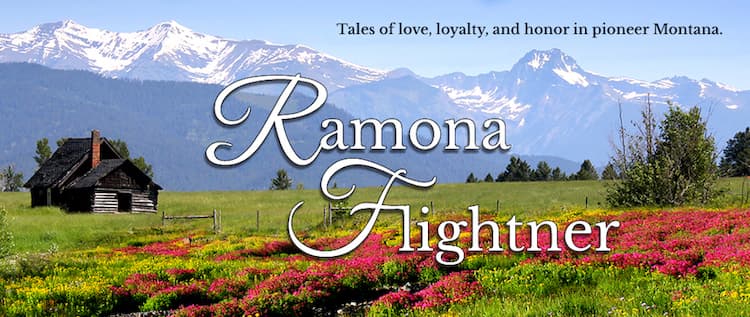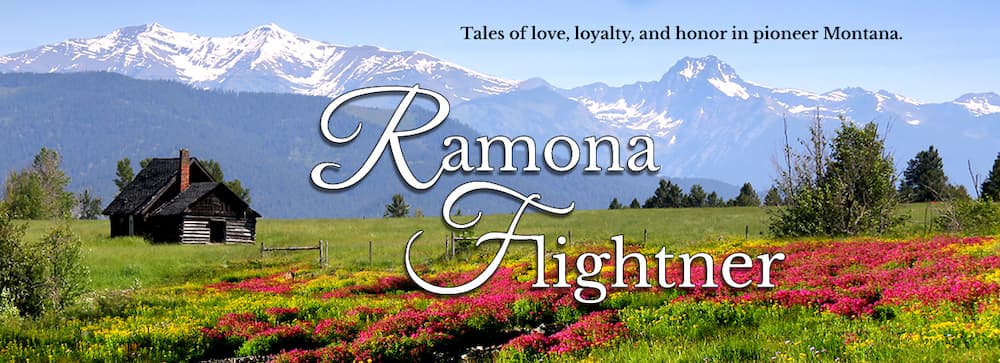By Ramona Flightner/ @ramonaflightner
My aunt had read about an exposition on Victorian women’s clothing at Rosecliff Mansion in Newport, R.I. Knowing my interest in all things Victorian, she suggested we travel to Newport to tour Rosecliff and the exhibit. I had been to Rosecliff once over 15 years ago with my grandmother and had greatly enjoyed the tour and I looked forward to visiting again.
Rosecliff as it stands today was completed in 1902 for Theresa Fair Oelrichs. She was a silver heiress whose father had made it rich in the Comstock Lode in Nevada. From what I gleaned from the tour, she had a desire to become part of Eastern Society and knew that having a summer “cottage” in Newport was an important step toward acceptance. There had been another house where Rosecliff stands, but she had that torn down in 1898 and the new building was completed in 1902. It was named Rosecliff because the original owner was a master gardener, cultivating over 500 varieties of roses.
When people refer to that period of the U.S. as the Gilded Age, I think they are correct. For example, a hostess in Newport was expected to host at least six dinner parties for 60 guests and host two balls for at least 600 guests during the ten-week season. Their budget for their summer festivities easily reached $200,000 and their budget for the summer for all expenses reached $500,000. That would be the equivalent of $7 million today.
The ballroom at Rosecliff is gorgeous and is the largest of the Newport mansion ballrooms. It is light and has a very airy feel as the long room has windows on each side. You have the sensation that you are outside. One side opens to a series of steps that will lead you to the lawn and then to the ocean and the other to a pretty garden. The ballroom’s décor was based on Grand Trianon at the Domain of Versailles. The decorators and members of the Gilded Age looked to France as a model for their sumptuous homes.
Juxtaposed next to the ballroom is a very dark room, the men’s billiards room and later, library. The ceilings are much lower than in the ballroom and all of the furniture and wall coverings are very dark. The one thing I liked about this room was its gorgeous view of the ocean.
In the 20’s and 30’s, Cole Porter was a guest where he reworked “Anything Goes” in an upstairs sitting room and Rosecliff is purported to be the inspiration for his song, “Night and Day.” However, by the 1940’s, Rosecliff was a proverbial white elephant and it was sold for $21,000. It had a period of neglect, but then found owners who restored it to its previous splendor, the Monroes. The Monroes donated it to the Preservation Society of Newport County in the 1970’s.
You might have seen Rosecliff in the movies and not known it. It was used in the 1970’s version of Great Gatsby. True Lies filmed a scene there in 1994 and Amistad used the ballroom as a stand in for the White House ballroom in 1997.
As for the reason for my visit, the exhibition on Victorian clothing, it was very small. I did not glean much new information, though I enjoyed looking at the few dresses that were shown. It continues to amaze me that some women had up to seven dressing changes a day during that time period!
I really liked Rosecliff because it was not as ostentatious as some of its neighbors. There was a sense of intimacy about the place, even though it was a large, Gilded Age Mansion. I had the feeling that I could have been comfortable as a guest with the last owners, the Monroes. If you are ever in Newport, I would recommend touring at least one mansion and Rosecliff is well worth a visit.
© Ramona Flightner















